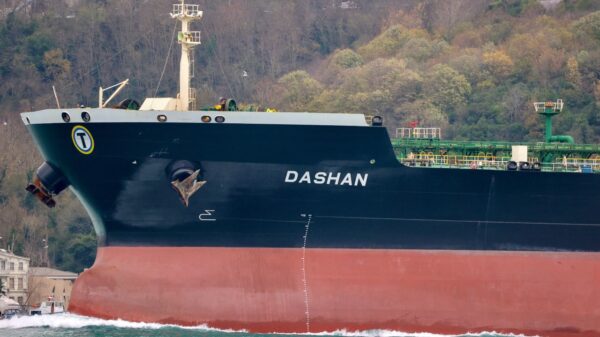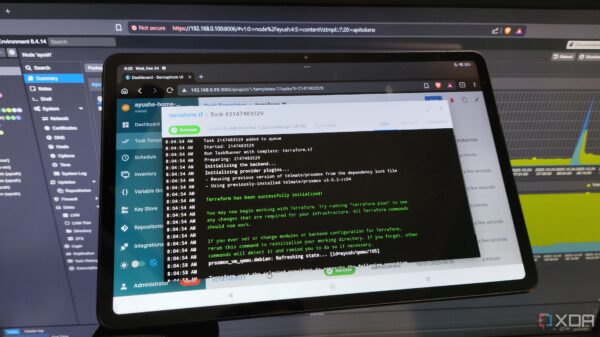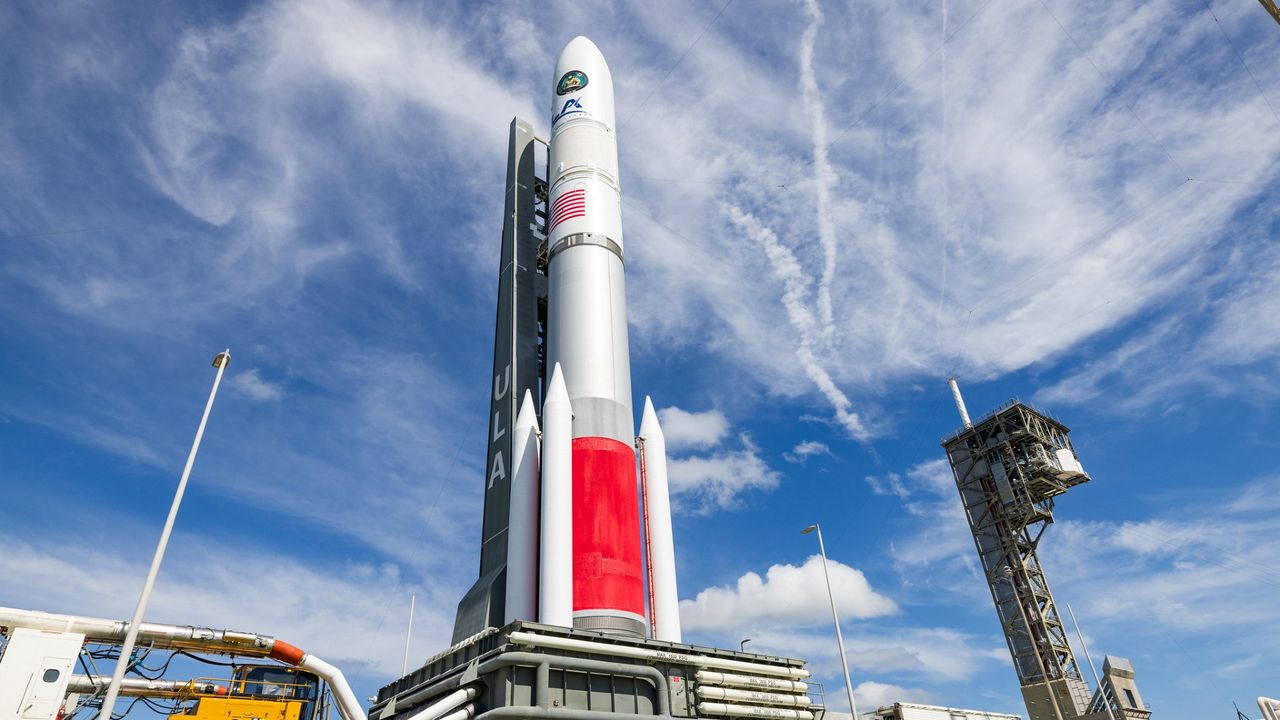On August 12, 2025, the United Launch Alliance (ULA) successfully launched its most advanced rocket, the Vulcan Centaur, carrying an experimental navigation satellite for the U.S. military. The liftoff occurred during a one-hour launch window that began at 19:59 ET (23:59 GMT) from the Space Launch Complex 41 at Cape Canaveral Space Force Station in Florida.
With a forecasted 75% chance of favorable weather, the Vulcan Centaur took to the skies equipped with four solid rocket boosters. This configuration allowed the rocket to generate the necessary thrust for its payload to reach geosynchronous orbit in what is one of ULA’s longest missions to date, spanning over 22,000 miles (approximately 35,000 kilometers) over a duration of seven hours.
Advanced Technologies for Navigation
The primary payload for this mission is the Navigation Technology Satellite-3 (NTS-3), the first experimental navigation satellite launched by the U.S. military in 48 years. This satellite is classified as a position, navigation, and timing (PNT) satellite, providing data akin to that of the widely known GPS system.
According to Andrew Builta, a representative from L3Harris Technologies, which is the prime contractor for the PNT payload, the satellite incorporates several experimental technologies aimed at enhancing its resilience against jamming and spoofing. Builta noted that the satellite features a phased array antenna designed to “focus powerful beams to ground forces and combat jamming environments.”
The increasing threat of GPS jamming has raised concerns among both military and commercial satellite operators. The NTS-3 will conduct tests to evaluate the effectiveness of its new technologies in counteracting such threats. In addition, the satellite is equipped with a reprogrammable software architecture, a feature that Builta described as “a truly game-changing capability.”
Vulcan Centaur’s Journey and Future Missions
The Vulcan Centaur measures 202 feet (61 meters) in height and has already completed two successful flights. Its inaugural launch took place in January 2024, delivering Astrobotic’s Peregrine lunar lander towards the moon. Unfortunately, the lander experienced an anomaly and fell back to Earth, which was unrelated to the rocket’s performance.
The second launch occurred in October 2024, with the rocket deploying a mass simulator intended for the future launch of Sierra Space’s Dream Chaser space plane. During this flight, an anomaly was observed approximately 39 seconds after liftoff, attributed to a manufacturing defect in one of the solid rocket boosters’ nozzles.
Despite these earlier challenges, the U.S. Space Force has certified the Vulcan Centaur for national security launches, including today’s mission. This certification expands the number of launch providers for military and spy satellite missions to two, the other being SpaceX. ULA has plans for over two dozen national security missions using the Vulcan Centaur, which can launch from both Cape Canaveral and Vandenberg Space Force stations.
As the Vulcan Centaur continues its trajectory into the future, its role in supporting critical military operations and advancements in navigation technology remains a focus for the U.S. military and its partners.






































































